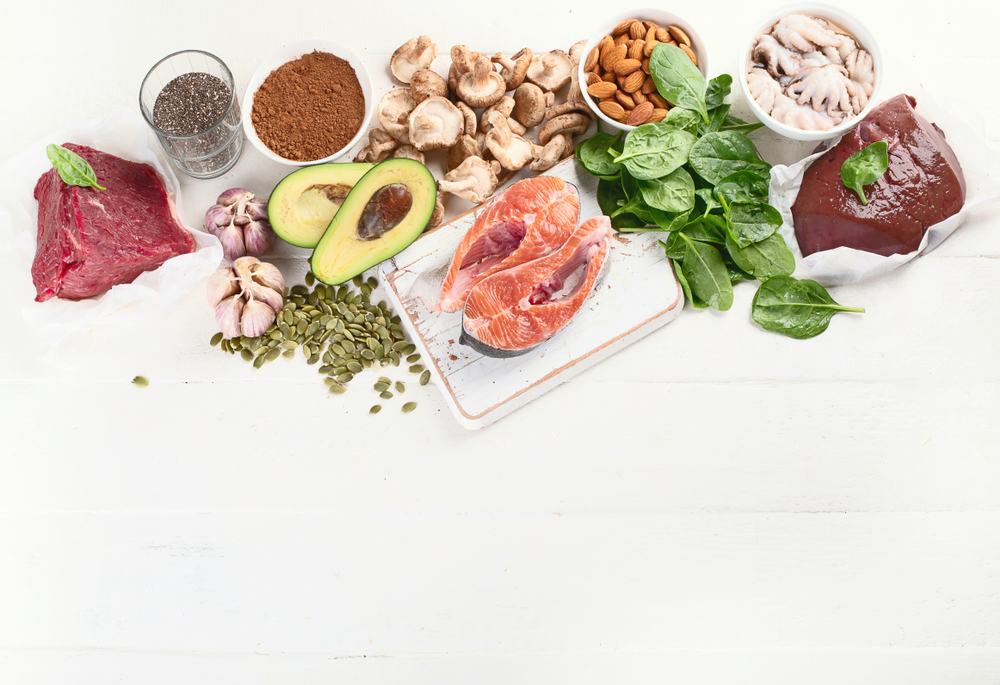
Dry eyes significantly affect daily comfort and vision. Eye drops, medications, and diet play a key role in its prevention. Understanding the link between nutrition and dry eyes is the first step to relief.
How Diet Affects Eye Health
What you eat affects your body and impacts your eyes. Nutrients like omega-3 fatty acids and vitamins keep tears flowing and reduce irritation. Without them, your eyes can feel dry, scratchy, and uncomfortable. Over time, this might cause redness or blurry vision that is hard to ignore.
Omega-3 Fatty Acids for Tear Production
Omega-3 fatty acids are essential for tear quality and reducing inflammation in the eyes. Fatty fish and plants are great sources of healthy fats, and these include:
- Mackerel.
- Salmon.
- Sardines.
- Flaxseeds.
- Chia seeds.
- Walnuts.
Regular intake of omega-3s reduces the symptoms of dry eye.
Vitamins that Support Eye Hydration
Vitamins are crucial for maintaining a healthy tear film. Vitamin A, found in carrots and sweet potatoes, helps protect the cornea. Vitamin C, in citrus fruits and bell peppers, fights oxidative stress that can harm your eyes. Vitamin E strengthens eye cells and reduces inflammation.
The Importance of Hydration
Dehydration is a common yet overlooked cause of dry eyes. When the body lacks water, it cannot produce enough tears to keep eyes hydrated. Drinking plenty of water throughout the day is vital for tear production. Aim for at least eight glasses daily to support your eye health.
Foods to Avoid for Dry Eyes
Some foods can worsen dry eye symptoms, so you must avoid them. Salty snacks and processed foods can dehydrate your body and affect tear production. High-sugar foods increase inflammation and irritate your eyes. Reducing these foods can help maintain balanced tear function.
Antioxidants and Eye Health
Antioxidants protect your eyes from oxidative stress, which can damage tear-producing glands. Leafy greens like spinach and kale are rich in lutein and zeaxanthin, two powerful antioxidants. Berries, rich in vitamin C, also protect the eyes from damage.
Role of Healthy Fats
Not all fats are harmful. Healthy fats, like those in avocados and olive oil, support overall eye health. Incorporating healthy fats into your meals can improve the quality of your tears.
Practical Tips for a Dry Eye-Friendly Diet
Adopting a dry-eye-friendly diet does not have to be complicated. Start by adding the following to your meals:
- Fatty fish.
- Leafy greens.
- Colorful vegetables.
- Nuts and seeds for a boost of vitamins and healthy fats.
- A lot of water for staying hydrated.
Consistency Is Key
Nutritional changes do not lead to immediate results, but they are worth the effort. With time, a balanced diet will improve tear production and reduce irritation. Consistency in your food choices makes a big difference in managing dry eye symptoms.
Working with an Eye Care Professional
If dry eye symptoms persist, talk to an eye care professional. They can assess your symptoms and recommend tailored treatments.
For more on preventing dry eye symptoms, visit NewView Family Eyecare. Our office is in Waterloo, Iowa. Call (319) 236-2020 to book an appointment today.
Sources:
https://pmc.ncbi.nlm.nih.gov/articles/PMC10857437/
https://www.healthline.com/health/dry-eye/treating-chronic-dry-eye/nutritional-guide








